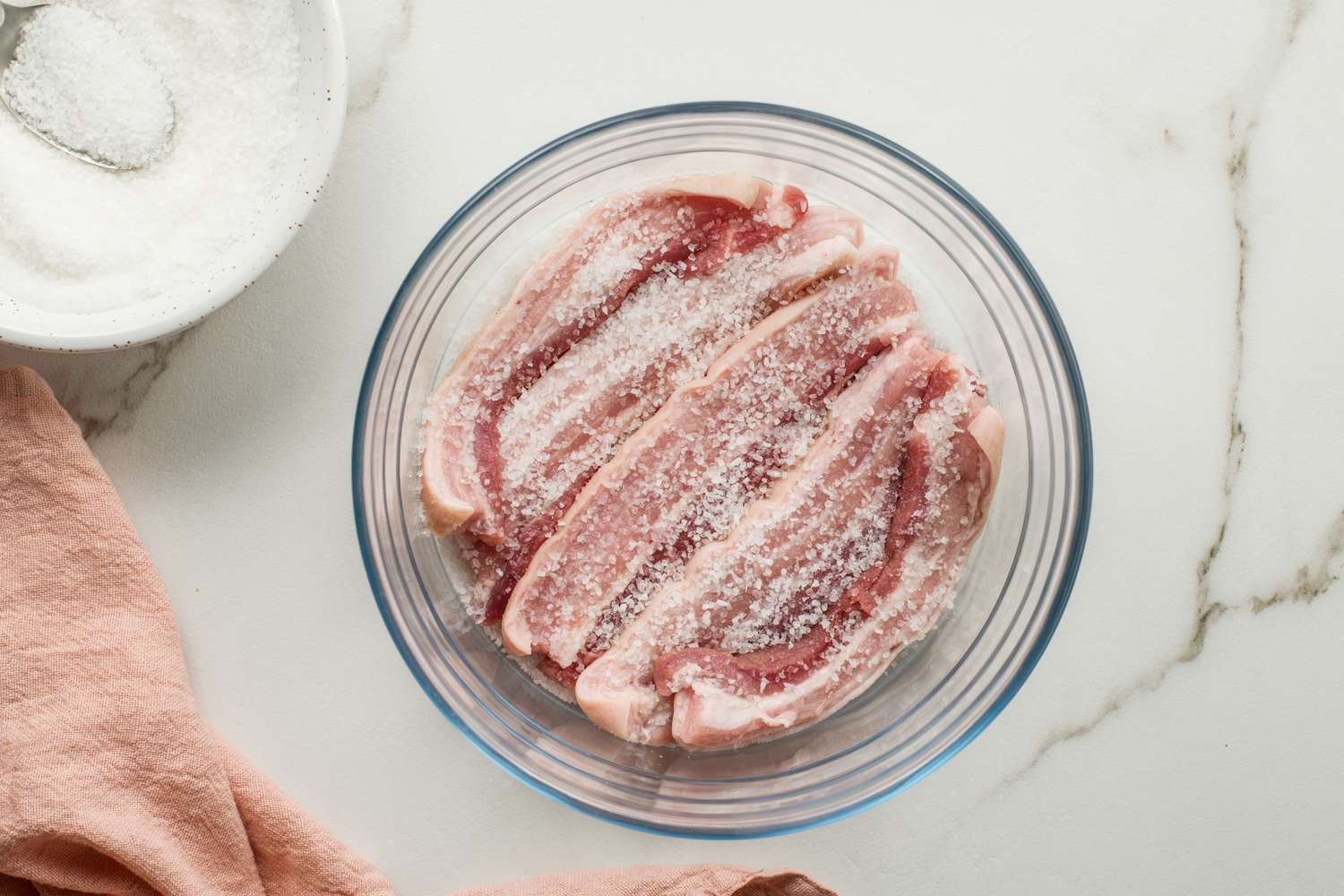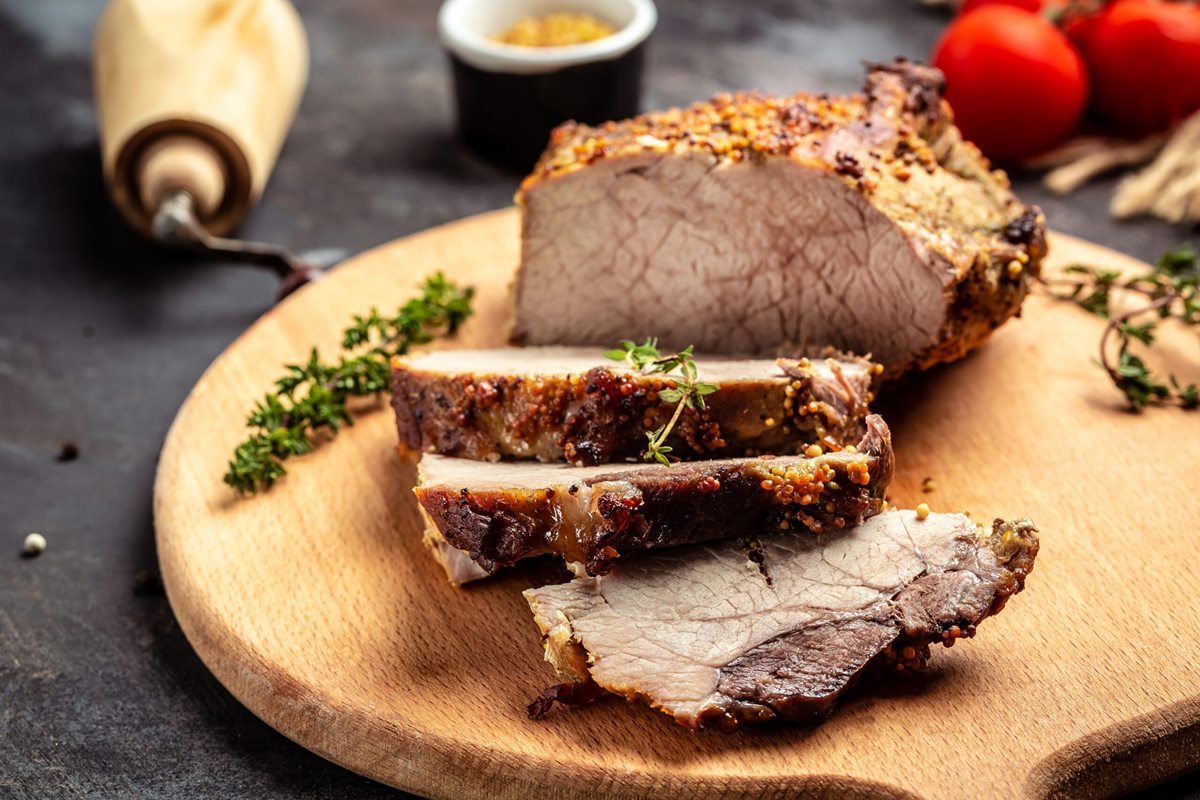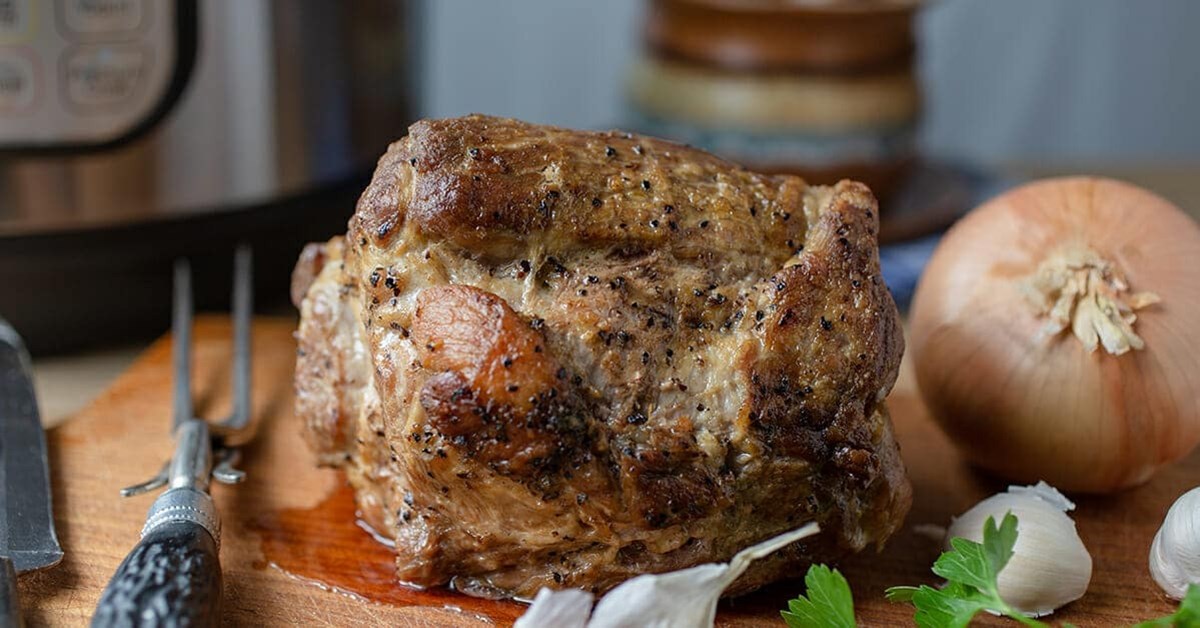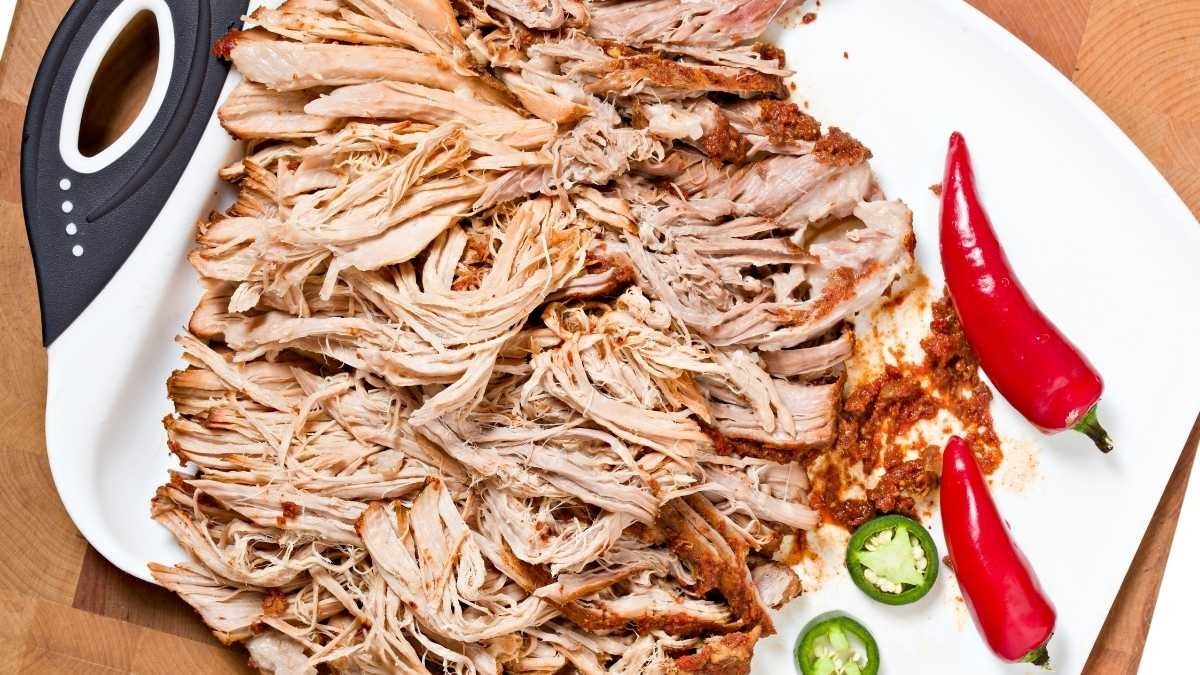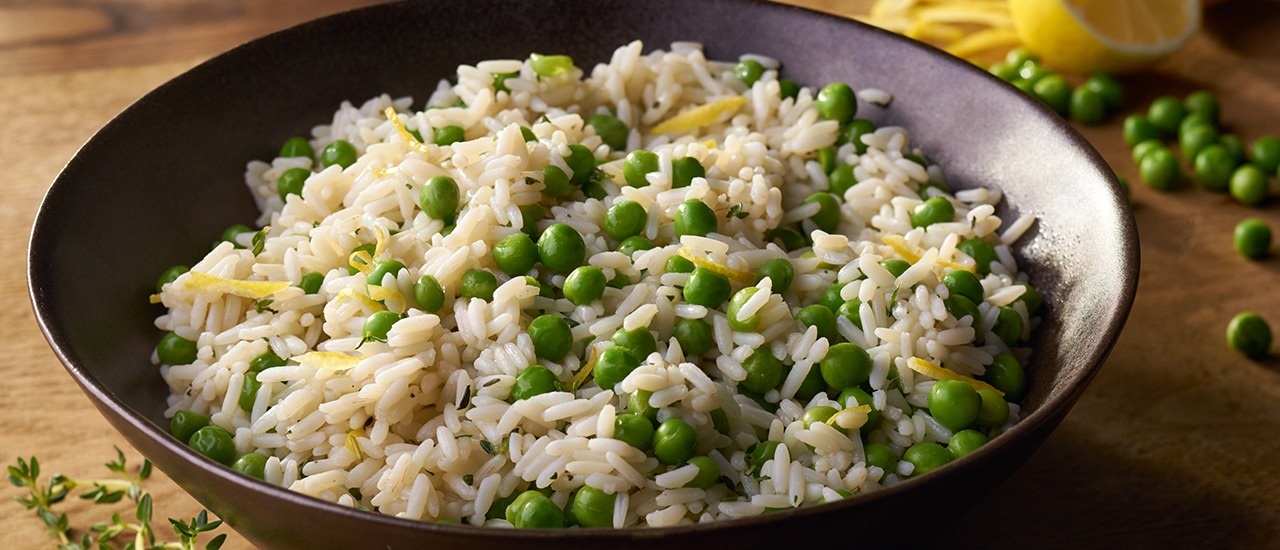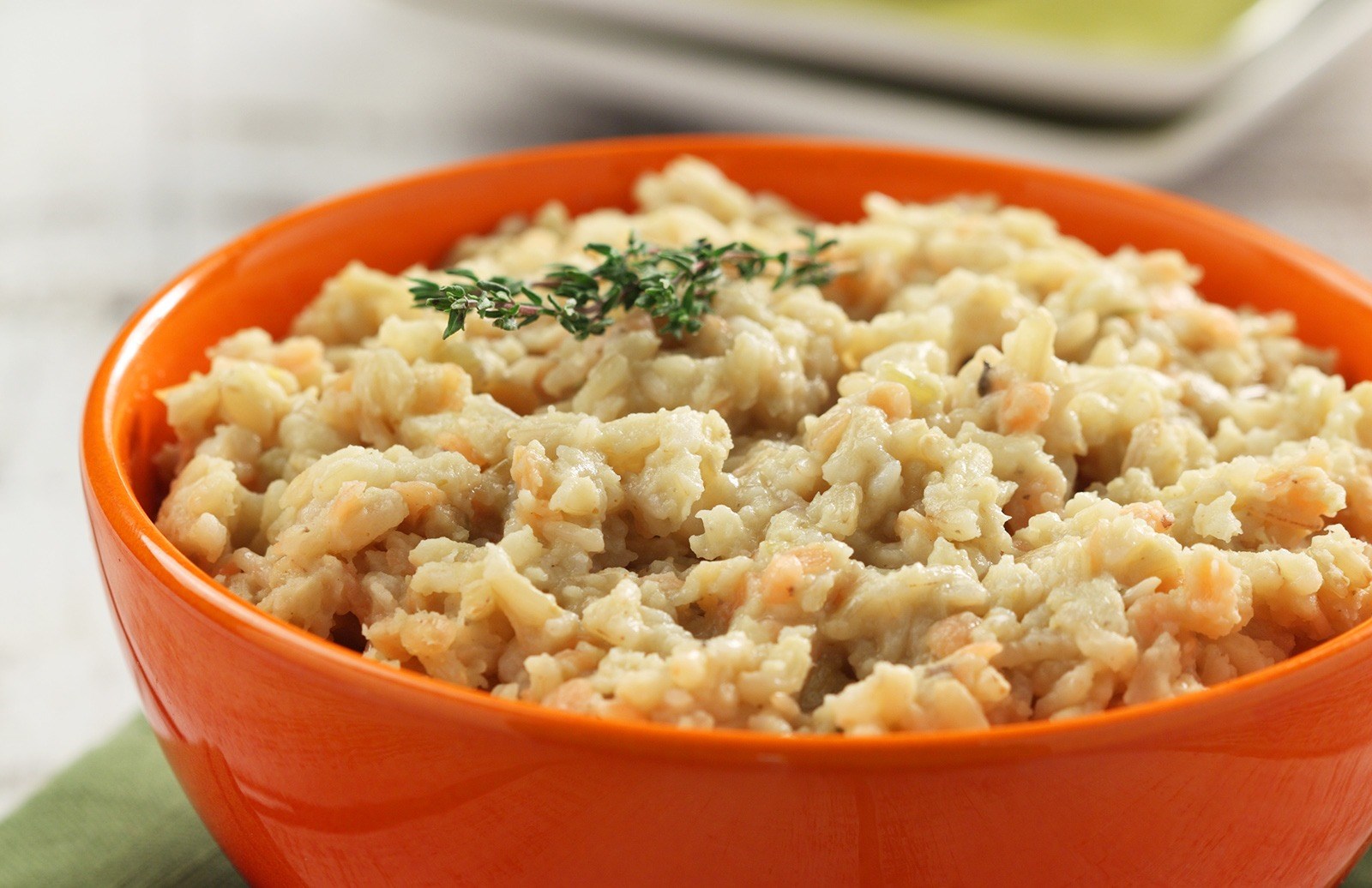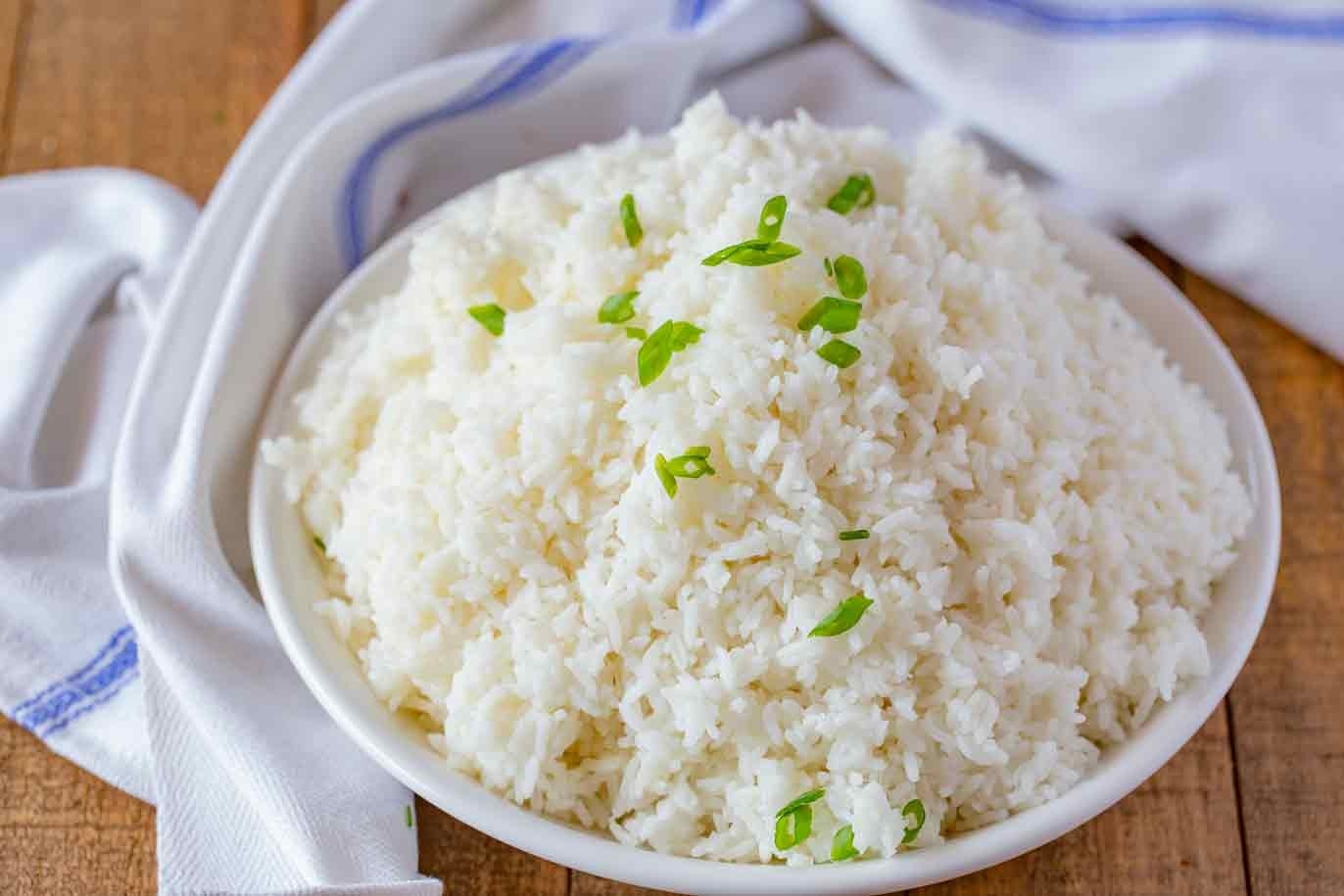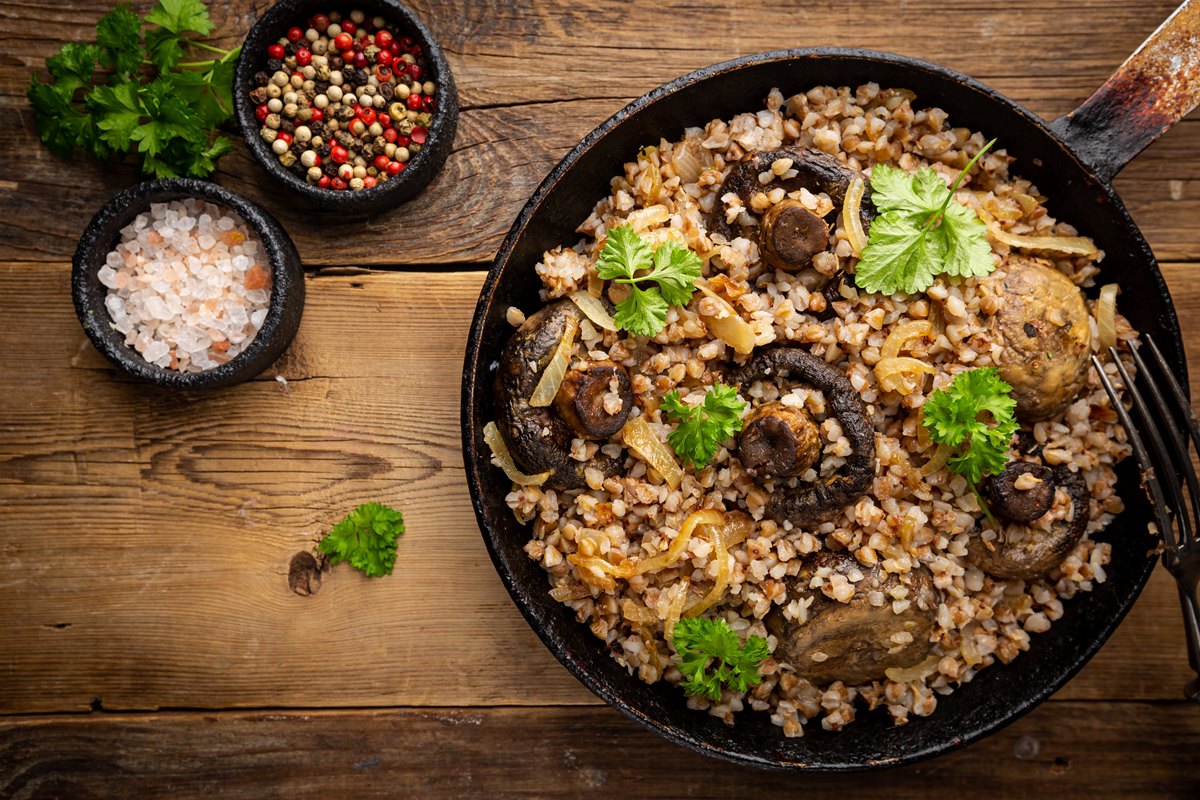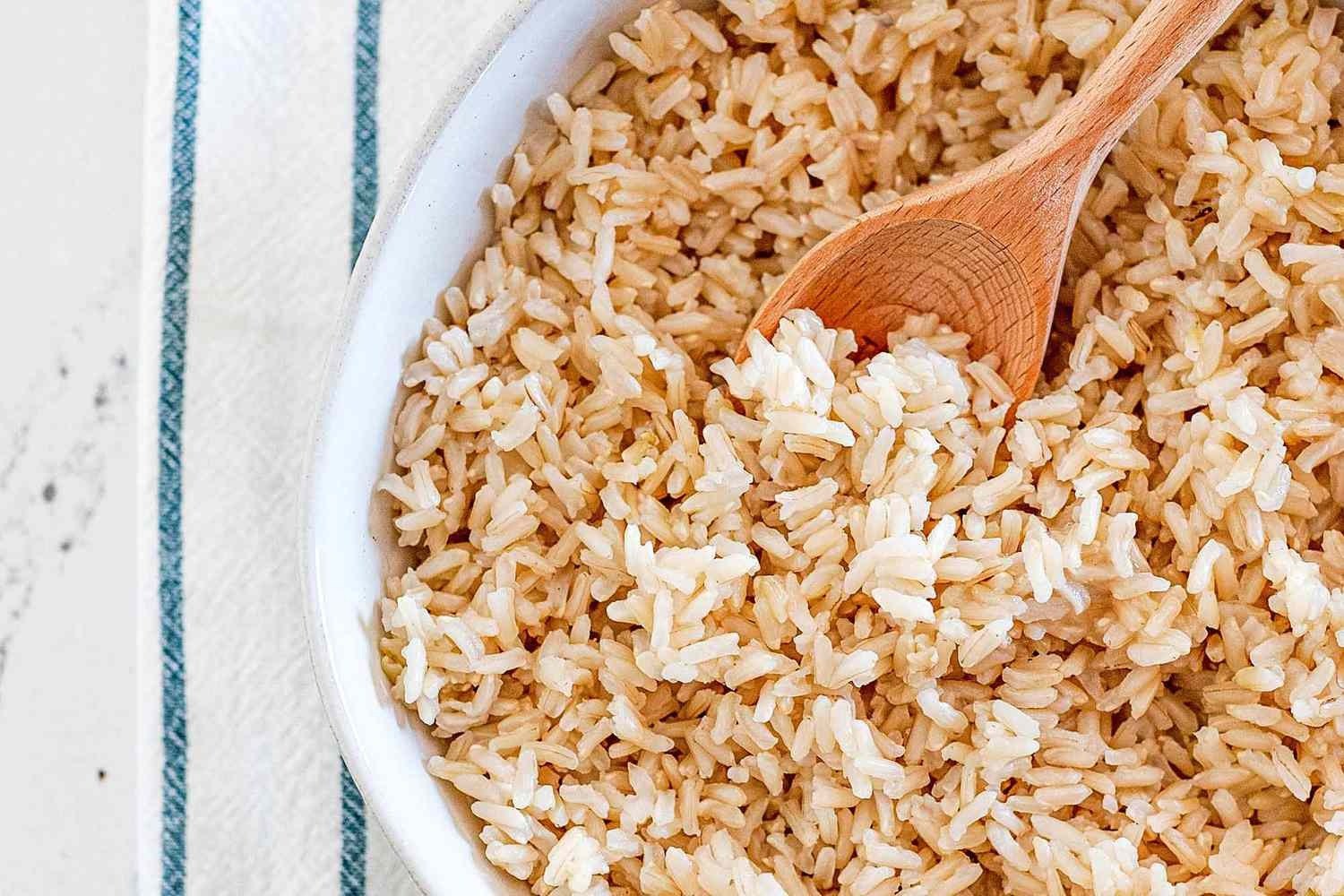How To Cook Iberico Pork
If you are a fan of succulent and flavorful meats, then you need to try cooking Iberico pork. Known for its incredibly rich taste and melt-in-your-mouth texture, Iberico pork is highly sought after by food enthusiasts all over the world. Whether you are a seasoned chef or a cooking newbie, here are some tips on how to perfectly cook this exquisite protein:
Choose the Right Cut
When it comes to Iberico pork, there are several cuts to choose from. The most popular cuts include:
- Presa: This cut comes from the shoulder of the pig and is marbled with flavorful fat. It is perfect for grilling or pan-searing.
- Secreto: Also known as “the hidden cut,” the secreto comes from the shoulder area and offers a tender and juicy texture. It is best when cooked on a grill or in a hot skillet.
- Pluma: This cut is taken from the shoulder end and is known for its exceptional tenderness and marbling. It is excellent for grilling or roasting.
Whichever cut you choose, make sure it is fresh and of high quality to fully appreciate the luxurious taste of Iberico pork.
Preparation is Key
Before cooking, it is essential to let the meat reach room temperature. This ensures even cooking and enhances the flavor. Here are a few steps to prepare your Iberico pork:
- Remove the meat from the refrigerator at least 30 minutes before cooking.
- Season it with your favorite spices and herbs. Iberico pork pairs well with simple seasonings like salt, pepper, and garlic.
- For an extra burst of flavor, marinate the meat for a couple of hours or overnight.
Cooking Techniques
Iberico pork can be cooked using various methods, depending on your preferences and the cut of meat. Here are some popular cooking techniques:
- Grilling: Fire up the grill and cook the meat over medium-high heat for a few minutes on each side. This method enhances the smoky flavors of the pork.
- Roasting: Preheat your oven, place the seasoned pork on a rack in a roasting pan, and cook it at a moderate temperature until it reaches your desired level of doneness.
- Pan-searing: Heat up a heavy-bottomed skillet with a little oil, and sear the meat on all sides until it develops a golden crust. Finish it off in the oven for a perfect medium-rare.
Serving Suggestions
Once your Iberico pork is cooked to perfection, let it rest for a few minutes. This allows the juices to redistribute, resulting in a juicier and more flavorful piece of meat. Here are a few serving suggestions:
- Simple and elegant: Serve the Iberico pork alongside roasted vegetables or a fresh salad for a light and satisfying meal.
- Spanish-inspired: Pair the pork with traditional Spanish tapas like patatas bravas, pan con tomate, or grilled padrón peppers.
- Indulgent feast: Create a hearty feast by serving the pork with creamy mashed potatoes, roasted root vegetables, and a drizzle of savory sauce.
Remember, the key to enjoying the full experience of Iberico pork is to savor every bite and appreciate the superior quality of the meat.
So, the next time you want to impress your guests or simply treat yourself to a culinary delight, follow these tips and techniques to cook the perfect Iberico pork! Your taste buds will thank you.
For those eager to experiment with Iberico pork, several standout recipes await. The Grilled Iberico Pork Presa with Roasted Vegetables offers a delicious balance of smoky flavors and tender meat, ideal for outdoor cooking enthusiasts. Pan-Seared Iberico Pork Secreto with Garlic and Herbs is perfect for a quick yet mouth-watering dish that highlights the pork's natural richness. If you love bold flavors, try the Iberico Pork Pluma with Chimichurri Sauce for a zesty twist. Lastly, the Slow-Cooked Iberico Pork Shoulder with Caramelized Onions is a must for those who enjoy slow-cooked meals that are both comforting and packed with flavor.
Was this page helpful?
Read Next: How To Cook Pork Ribs On A Frying Pan
